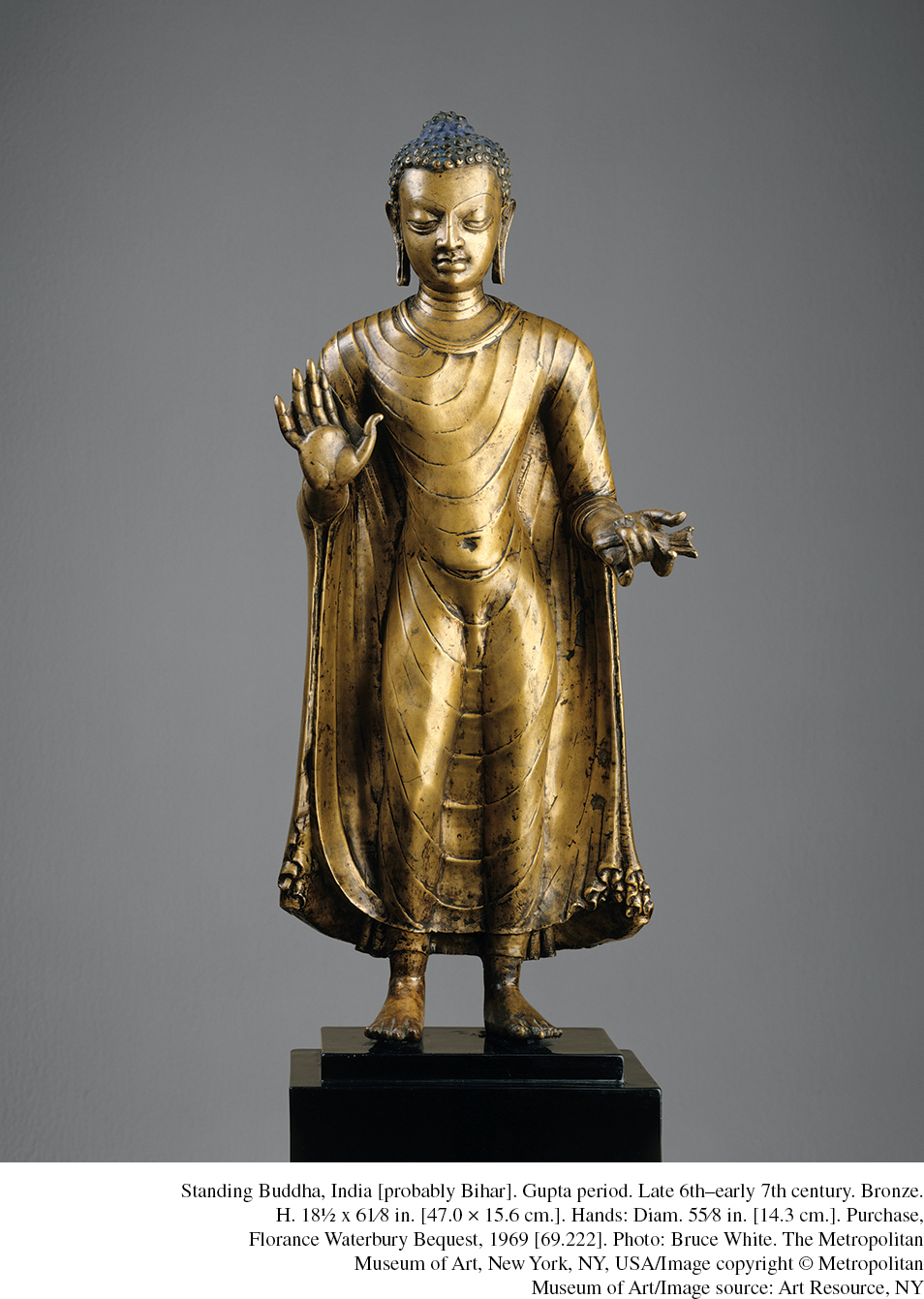
Classic Indian Buddha This sixth- h–